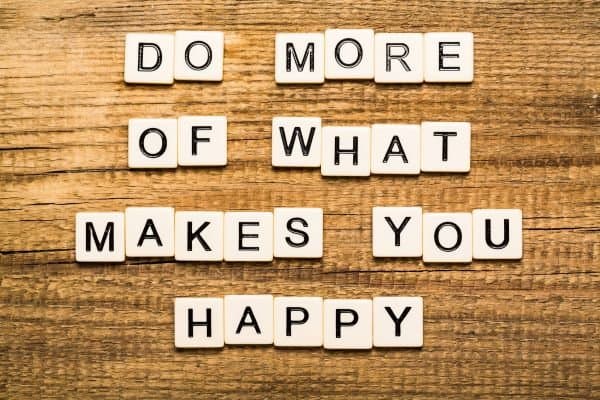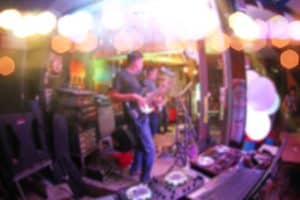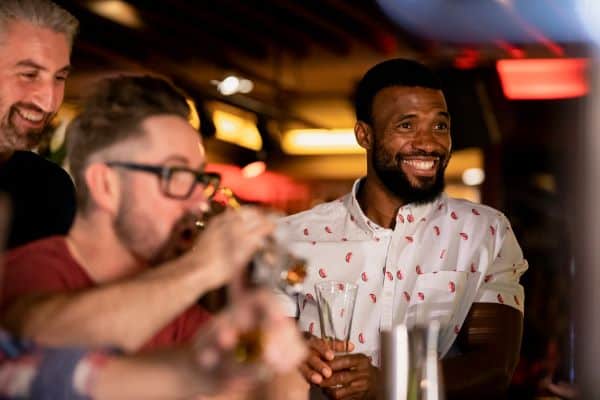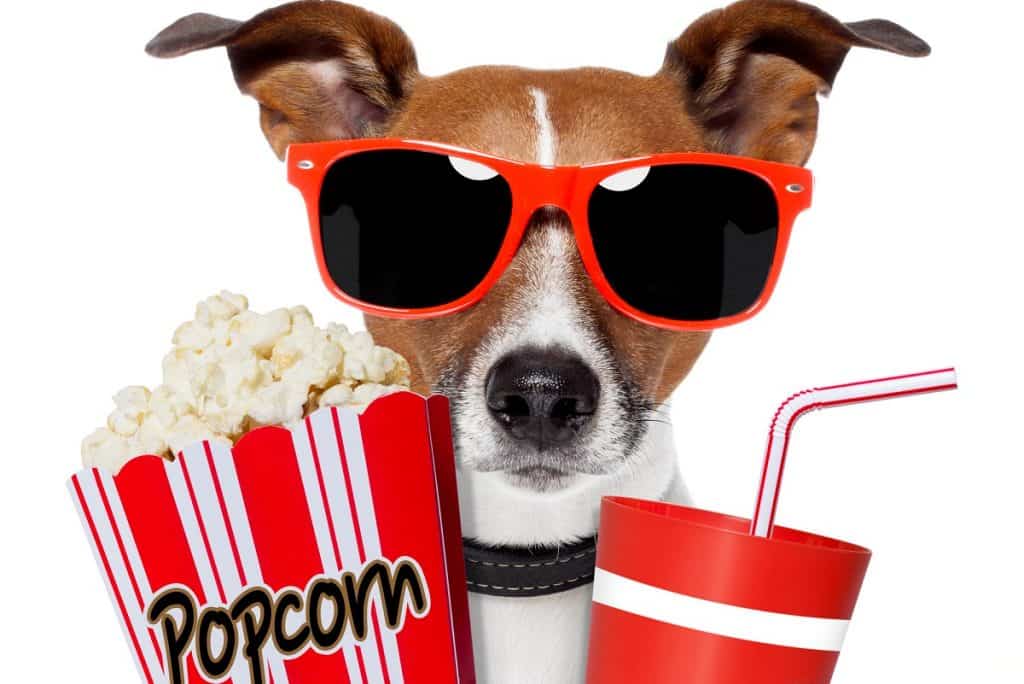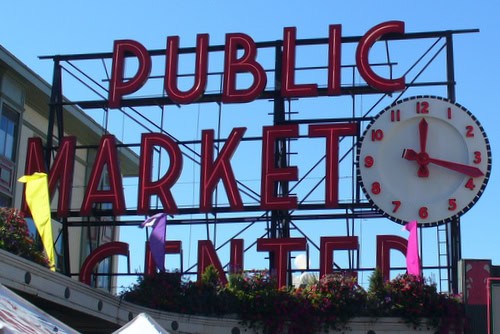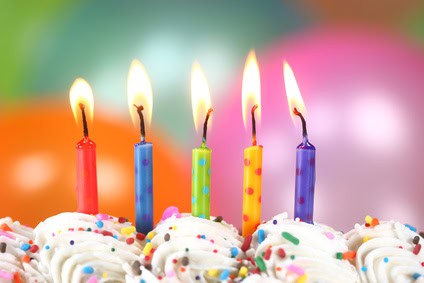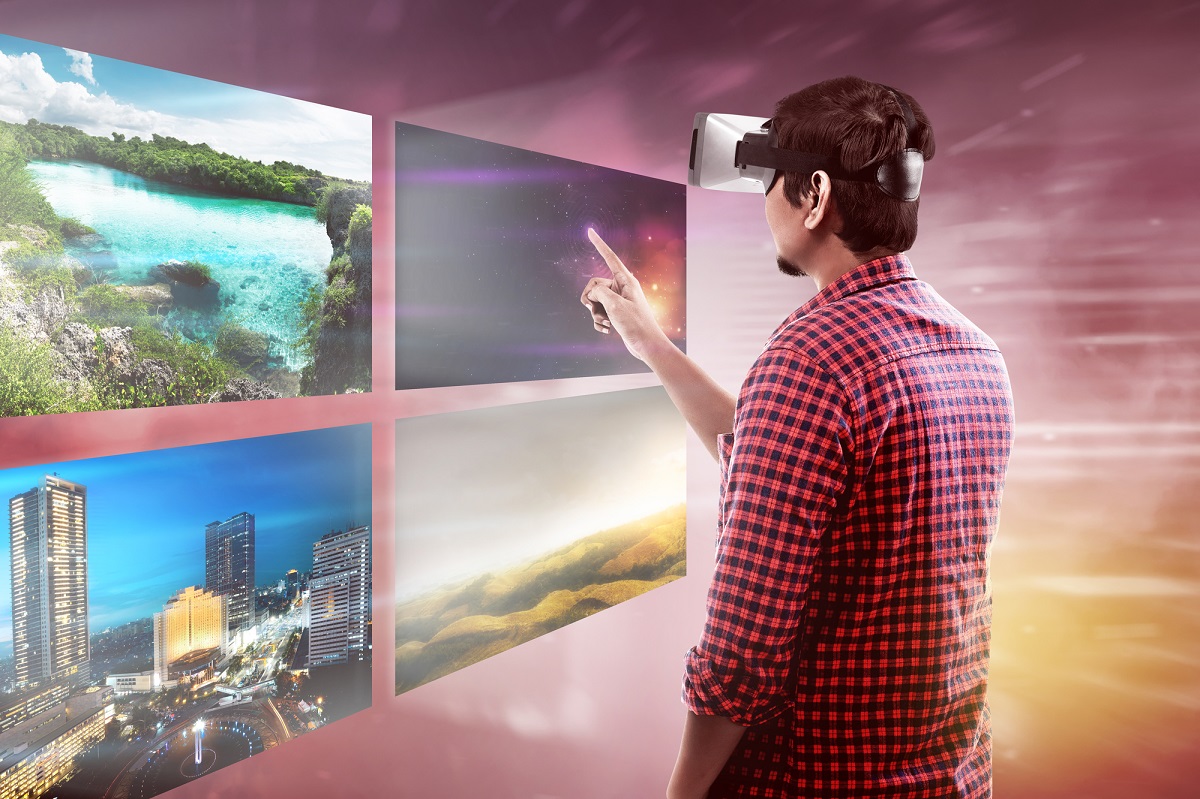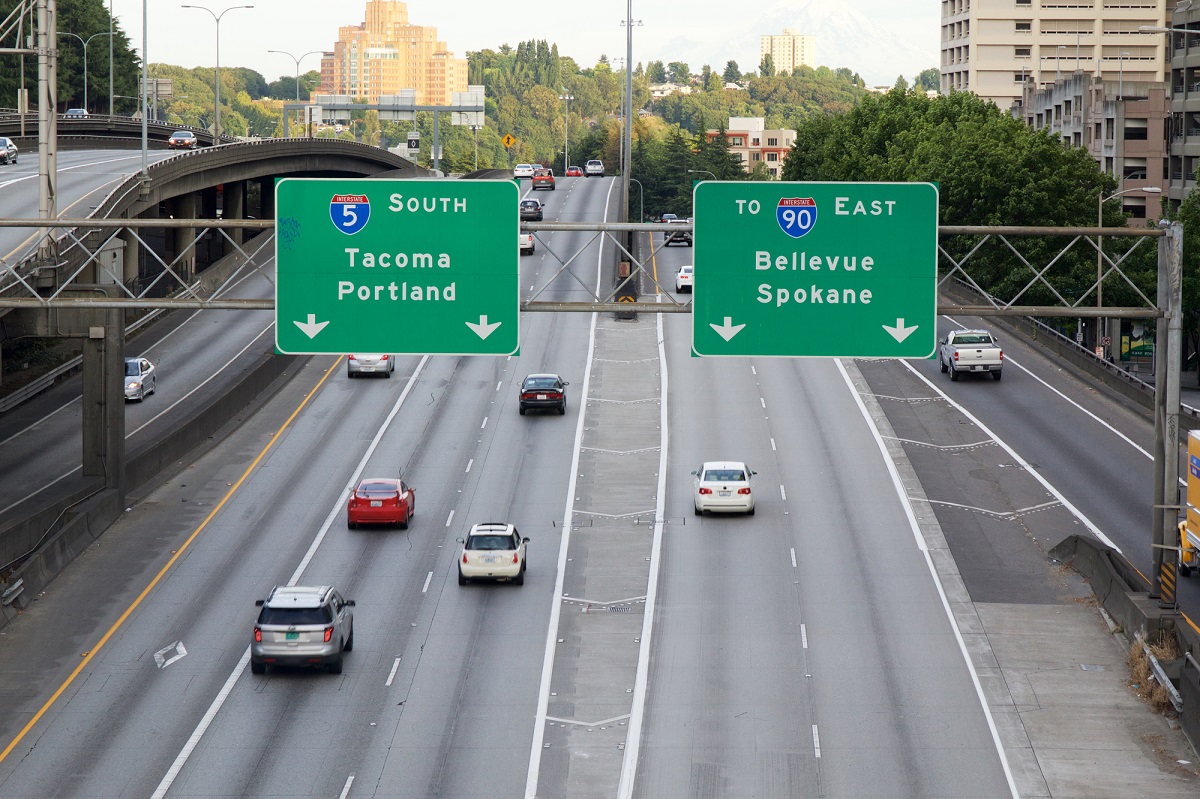Here is a list of winter sports you can enjoy in Washington State, including popular sports such as skiing, ice skating, and snowboarding. Our list starts with indoor ice sports, followed by outdoor snow sports. In addition, we list several other fun activities that appeal to a wide variety of recreational enthusiasts, from weekend family outings to athletes seeking more challenge.
The easiest (and cheapest) winter sports are listed first, followed by those that require increasingly complex (and more expensive) equipment, preparation, and skill.
Love our cheap ideas? Get our FREE email newsletters.
Choose from daily, weekly, and monthly lists:
Curling
Curling is a sport very much like bocce ball and pétanque, where players attempt to roll their ball closest to the target. While bocce and pétanque are played on grass or dirt with balls, curling is played on ice with “stones”—heavy, squat, handled disks—instead of balls.
To play the sport, each player slides granite “stones” on ice, trying to get closest to the center of the target (called the “house”) than the nearest stone of the opposing team. While the stone is traveling down the ice, the delivering team’s players are allowed to sweep in front of the stone. Sweeping is done with a broom specifically designed for curling. The sweeping action melts the surface of the ice slightly, which can alter the speed and the direction of the stone. A game normally consists of 8- to 10-end games.
The sport is 500 years old. It is believed to have originated in Scotland where large stones were slid over frozen ponds as a wintertime activity. Today, curling is played on indoor ice rinks (called “sheets”). During the season, over a million curlers are on the ice during the season. It became a full medal Olympic sport in 1998. For most of us, it’s just a fun recreational activity. For more information about the sport of curling, check out Inland Northwest Curling Club in Spokane and on the national front United States Curling Association. Keep an eye out for the sport of curling at the Olympics Winter Games.
Here’s where to try curling in the Seattle area.
- Granite Curling Club of Seattle. To play, you must join and pay an annual fee. Then you can attend skills clinics or join a league. The club holds open houses a few times a year when the public is invited to try the sport for a nominal fee.
- Curling at Tacoma Twin Rinks. Learn to Curl events and leagues.
Return to top (list of winter sports)
Ice Skating
During the winter holiday season December to mid-January, temporary ice-skating rinks operate around the Puget Sound region. These ice-skating rinks are open varying times during the holiday season:
- Winterfest at Seattle Center
- Bellevue Downtown Association ice rink
- Tulalip Lights & Ice – Quil Ceda Village
If ice skating appeals to you no matter what season, listed below are places where you can strap on some blades and glide across the ice year-around. (Listed north to south throughout the Puget Sound region)
- Everett Angel of the Winds Arena Ice Rink offers public skating sessions as well as skating lessons and hockey for all ages.
- Lynnwood Ice Center offers public skating sessions as well as skating lessons and hockey for all ages.
- Mountlake Terrace Olympic View Arena does not offer public skating. The arena is a full-time ice sports training facility offering junior and adult hockey and figure skating.
- Sno-King Ice Arenas (snokingicearenas.com) offers public skating sessions as well as lessons and hockey for all ages.
- Kirkland Sno-King Ice Arena, 14326 124th Ave NE, Kirkland, WA 98034
- Renton – Sno-King Ice Arena, 12620 164th Ave SE, Renton, WA 98059
- Snoqualmie – Sno-King Ice Arena, 35323 SE Douglas St, Snoqualmie, WA 98065
- Tacoma Sprinkler Recreation Center offers public skating sessions as well as skating and hockey lessons for all ages.
Return to top (list of winter sports)
Snow Play: snowball fights, building snowmen or forts, sledding and tubing
Washington State Parks Commission manages Sno-Parks | Washington State Parks
- Snowmobile Sno-Parks are open to both motorized and non-motorized winter recreation.
- Non-motorized Sno-Parks are only open to winter recreation sports such as cross-country skiing, dog sledding, snowshoeing, and snow play.
- Ice skating is not available in any location. Due to the mild Washington climate, lakes do not freeze hard enough to permit safe skating.
For safety’s sake, snow players should stay off designated snowmobile and non-motorized sport trails. Instead, use Snow Play Sno-Parks, designated areas for tubing and general snow play.
Sno-Park Permits go on sale November 1
If you love winter recreation and plan to use any of Washington’s Sno-Parks, permits go on sale for the winter season starting November 1 every year. You can conveniently buy daily and seasonal online at Sno-Park permits online and at a number of Sno-Park Permit vendors | Washington State Parks
Fourteen Sno-Parks are being temporarily closed for the 2024-25 winter season, due primarily to a reduction in funds available from snowmobile registrations. Closure of 14 of 89 motorized Sno-parks represents 16% of Sno-parks serving snowmobiling trails across the state. More info: Motorized Sno-Park 2024-25 Temporary Closures | Washington State Parks
- Day Permits are valid at any Sno-Park location, including Special Groomed Trail locations until midnight of the purchase date.
- Seasonal Permits: If you know you’ll be going out two or more times, buy the Seasonal Permit. Seasonal Permits are valid at all Sno-Park locations EXCEPT those designated as Special Groomed Trail locations.
- Special Groomed Trails Permits: This optional add-on to the Seasonal Permit allows you to park at locations with groomed trails for cross-country skiers.
Return to top (list of winter sports)
Snowshoeing
Snowshoeing is easy to learn and a low-impact sport that almost everyone can do on the first try. Even children can learn snowshoeing beginning around age three or four. Your pace out on the trail can easy or strenuous. Snowshoeing adapts readily to families with children or groups where the participants have varying athletic ability. Snowshoeing requires only snowshoes. Poles are optional but make the sport easier, especially over long distances. Otherwise, you need appropriate layers of clothing suitable for the weather at your intended destination. Before you head out on a trail, be sure you grasp basic snowshoeing techniques: walking with a wide stance (without stepping on the frames) and how to go up and down hills, traverse slopes, and use poles. Here are some resources to help you get started with snowshoeing:
REI has introductory Snowshoeing Articles on their website., including a beginner’s guide, avalanche safety gear (if you plan to go into uncontrolled areas), snowshoeing with kids, and other helpful information.
Washington State Parks Commission manages Sno-Parks, which are cleared parking areas near groomed and backcountry trails. There are parks for motorized (snowmobile) and non-motorized recreation, including cross-country skiing, dog sledding, snowshoeing, and snow play. Snowshoeing, Cross-country Skiing and Non-motorized Winter Recreation | Washington State Parks require a permit and may require a Discover Pass. There are about 40 Sno-Parks designated for non-motorized use.
Other snowshoeing locations suitable for first timers that offer flat trails with shorter distances and little elevation gain are (listed going north to south):
- Olympic National Park at Hurricane Hill at Hurricane Ridge
- Stevens Pass Nordic Center
- The Summit at Snoqualmie Nordic Center
- Mt.Rainier National Park from Paradise Visitor Center
Once you’re comfortable on basic snowshoe terrain, you’re ready to try more challenging trails. The following locations offer groomed trails with generally longer distances and/or elevation gains that will appeal to beginning as well as intermediate snowshoers (listed going north to south):
- Olympic National Park at Eagle Point on Hurricane Ridge
- Stevens Pass Mountain Resort
- Snoqualmie Pass, many possible locations, such as: Source Lake, Cowboy Mountain, Twin Lakes, Copper River Trail, Gold Creek Pond, Keechelus Ridge, Kendall Peak Lakes, Talapus Lake
- Blewett Pass at Wenatchee Crest
- Crystal Mountain Resort: Mount Rainier Gondola
- White Pass at Tieton River Meadows
After you gain experience and confidence and want more challenging trails and locations, turn to Washington Trails Association (WTA). The WTA hiking guide is a valuable resource for finding hiking trails in any season, including snowshoe routes. Search their guide for “snowshoe” to find dozens of possible hikes. Narrow your search by region, mileage, or elevation. When you strike out for more remote areas, keep these snowshoeing tips in mind:
- Know your limitations: Pay attention to roundtrip miles and elevation gain when evaluating a hike against your current abilities.
- Check current conditions: Be sure to read recent WTA trip reports citing current trail conditions, along with weather reports, before you head out.
- Back country snowshoeing: If you plan to snowshoe in back country on ungroomed trails in unpatrolled areas outside of snow parks, be sure you are prepared for avalanche danger by taking a class and carrying proper gear.
Return to top (list of winter sports)
Snowboarding and skiing
Skiing and snowboarding are enjoyed in many of the same locations, including ski resorts with groomed runs as well as backcountry trails outside of patrolled areas. These snow sports require good fitness, particularly legs (especially in skiing), core strength (especially in snowboarding), and overall stamina. In addition, both sports require some time to learn the basic techniques and practice to successfully perform the sport. See also our big list of Washington State ski ticket discounts.
Skiing is more intuitive than a snowboarding, since your feet are positioned straight ahead on two separate skis, which has a similar feel to walking or running. There are two basic methods of skiing: downhill and cross-country. There are several variations, such as touring, telemarking, and freestyle skiing, but these are the two basic types. Equipment for either type of skiing is similar, with differences in the details. In both types of skiing, the skier’s boots are affixed to the skis in a binding and poles are used for balance and/or support. From there, the two types differ.
- Cross-country, also known as XC or Nordic skiing is much easier to learn. Only the toe of the boot is secured in the binding and the skier typically uses either a skating style or kick-style to propel themselves forward across the snow. Which style you use is dictated by the terrain—a skating style on groomed trails and a kick-style on either groomed or ungroomed terrain.
- Downhill skiing, also known as alpine skiing, requires several techniques in order to learn how to control speed and turn on steep or flat and smooth or rough terrain. The entire ski boot (heel and toe) is fixed by the binding. Learning downhill typically requires a succession of lessons to learn the various techniques, followed by weeks of practice to become proficient on all types of terrain and snow conditions.
Snowboarding is the winter equivalent of skateboarding or surfing, with some elements of skiing. Like skateboarding and surfing, the rider stands nearly perpendicular on the board. Like skiing, their boot is held onto the board by a binding. The biggest hurdle to learning snowboarding is getting used to the fixed, sideways stance, then using the body to control the board direction. It typically takes quite a few falls over as many days to learn these basic techniques. For most boarders, the progression to more difficult terrain occurs quickly once the grasp the feel for how to control the board. Beyond these basics, there is much personal variation in style from one snowboarder to another as he or she glides downhill or performs tricks on a half-pipe.
Return to top (list of winter sports)
Backcountry snowshoeing, skiing, and snowboarding
If you’ve mastered groomed runs and off-trail skiing or snowboarding at a ski resort or patrolled ski area, you might want to venture into remote, untamed backcountry terrain. The first step is to become familiar with assessing avalanche hazards, as well as training and equipping yourself for this near and present danger. It’s a good idea to take an avalanche course to learn about the dangers, proper gear, and survival techniques. In addition, consider a backcountry course to learn about the issues that make backcountry trips different from activities in controlled areas, which have addressed avalanche danger and provide patrol and rescue services if needed. Here some resources to get you started with backcountry winter sports:
- Snowsports Articles on the REI website, include many articles on equipment, plus avalanche safety and many other relevant topics.
- Mountaineers Books in Seattle offers dozens of titles on snow touring skills, avalanche safety, and locations. Search their catalog for books on winter sports.
- Washington Trails Association (WTA) offers a hiking by seasons guide, which is a great resource for finding hiking trails any time of year, including winter trails. While many of the suggestions include hikes at lower elevations without snow, there many suggestions for snowshoeing and cross-country skiing, plus safety tips, links to skills courses, and Skiing & Snowshoeing Information.
Return to top (list of winter sports)
Snowmobiling
Snowmobiling is one of Washington State’s most popular winter recreational activities. There are approximately 80 Sno-Parks designated primarily for snowmobiling. There are over 3,500 miles of groomed and marked snowmobile trails. Most of these trails are on public lands (National Forests, Bureau of Land Management, Washington DNR), managed through Washington State Parks in cooperation with many other public and private entities.
No experience or skills are required. Snowmobiling can take you to remote locations not easily accessible by other means. On sunny days you can cruise to stunning views in just an hour or two. Nighttime treks are also possible, which offer a different ethereal experience through a dark forest. However, snowmobiling is the most expensive winter recreation, upwards of $100 per hour for drivers on short rides, with lower rates for extra riders or half-day rentals and higher rates for guided tours.
Here is more information about where to ride and rent snowmobiles in Washington State:
- Washington State Parks manages Sno-Parks throughout the state, which are cleared parking areas near groomed and backcountry trails. There are parks for motorized (snowmobile) and non-motorized recreation (cross-country skiing, dog sledding, snowshoeing, and snow play). Snowmobiling | Washington State Parks require a permit and may require a Discover Pass.
- Motor Toy Rentals & Tours in Cle Elum, Washington (about 85 miles east of Seattle on I-90) offers rentals and guided tours by snowmobile, as well as ATVs and scooters in warmer weather.
- Leavenworth, Washington (about 135 miles east of Seattle on I-90) is a popular location for an introduction to snowmobiling and offers snowmobile rentals in addition to other Recreation in Winter (leavenworth.org)
- Washington State Snowmobile Association has a variety of useful information for snowmobile enthusiasts, including snowmobile clubs and tourism information about snowmobile riding areas and places to stay and rent snowmobiles.
Return to top (list of winter sports)\
But wait, there’s more!
- 10 best free outdoor activities year-round.
- 16 Puget Sound lighthouses you can visit for free.
- 30 great park trails for kids in the Puget Sound region.
- Bird Watching in the Puget Sound region.
- Free park entrance days in Washington State.
- And here’s a list of 101+ always free things to do for fun.
- More free and cheap things to do every day: Greater Seattle on the Cheap event calendar.
- Still more ideas for frugal fun: Greater Seattle on the Cheap home page.
Event calendar of free and affordable things to do
Listed below are all types of free and affordable things to do in the next 30 days.
Featured Events are listed first each day, highlighted by a photo. These are unique, popular, or annual events that we or our advertisers don’t want you to overlook.
Find more events and ideas for affordable living at Greater Seattle on the Cheap – Free things to do, cheap fun, discounts and deals in the Seattle-Tacoma metro area
Multiple locations

